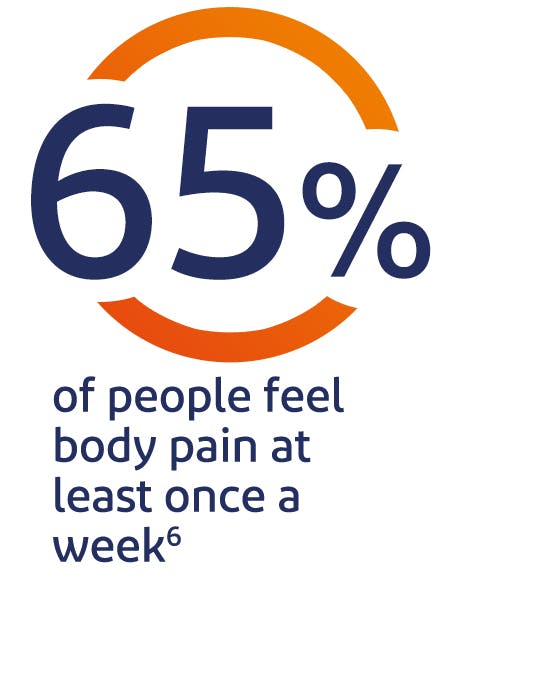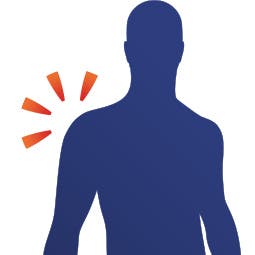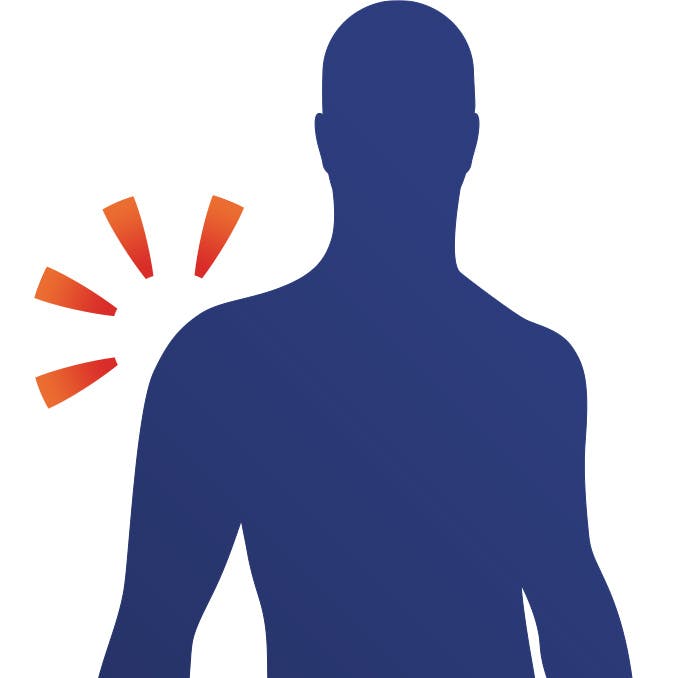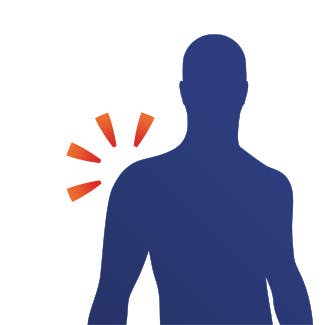Learn more about the different types of pain you might experience and discover what lies behind the pain we feel.
Classifying pain
Defining pain has been historically very difficult for the international medical community. The current definition as given by the International Association for the Study of Pain (IASP) is, “an unpleasant sensory and emotional experience associated with actual or potential tissue damage, or described in terms of such damage.”[58] Pain can be acute and short-lived or chronic and long-term. There are many ways to classify pain and many of these classifications may overlap, but the commonly identified classifications of pain include the following:
- Nociceptive Pain is pain caused by damage to the body and serves a protective function. Common examples include somatic pain, such as joint, lower back pain or sports injuries and pain after surgery.[62]
- Inflammatory pain is frequently felt when there is damage to the body’s musculoskeletal soft tissues. This type of pain is often localised and is described as dull or aching. It occurs most often in the shoulder, hip and hand, but can also occur in the lower back.[63]
- Neuropathic Pain is caused by injury or malfunction of the somatosensory nervous system. This pain is brought on by damage or disease affecting any part of the nervous system, often with no obvious physical findings.[64] It is often described as a burning, tingling, shooting, or stinging pain. This type of pain tends to occur within days or weeks of a bodily injury and in waves of frequency and intensity. Sometimes there is no obvious source of pain and it can occur spontaneously.[64]

Causes
Our bodies can experience pain for a variety of reasons. Pain symptoms rarely occur in isolation and, consequently, more than one mechanism may be at work when you feel pain. For example, inflammation is common in nociceptive pain, but it can also be seen in neuropathic pain.[64]
Somatic and inflammatory pain are generally caused by tissue damage from repetitive trauma, excessive activity, or disuse and misuse in parts of the body.[62] Neuropathic pain is initiated when the nerves themselves are damaged, dysfunctional or injured and consequently send incorrect signals to your pain centers.
Both nociceptive and neuropathic pain can be acute or chronic. Acute pain is pain that tells you that you have been hurt. For example when you burn your hand on a hotplate. It tells you that you have an injury. Acute pain starts suddenly and usually does not last long. When the injury heals, the pain will go. Chronic pain is more severe and long-lasting, and you should consult your doctor for treatment.

















